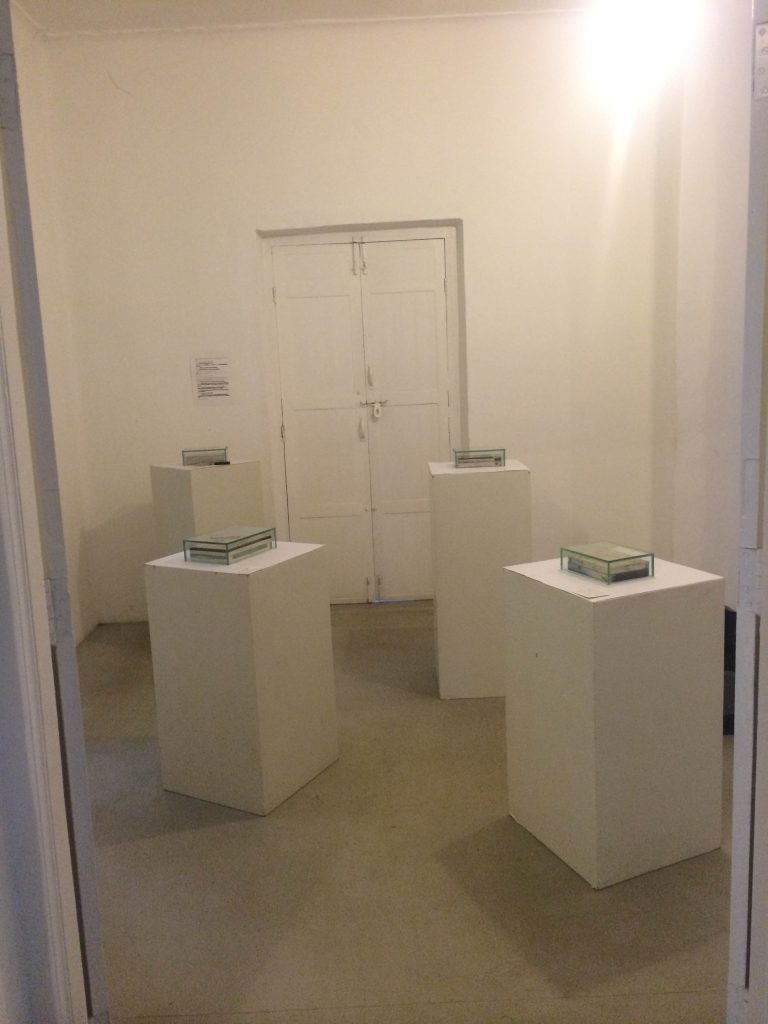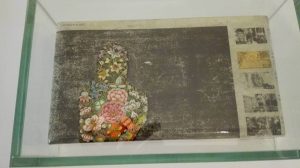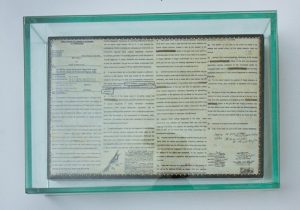Before I knew much else about where I had grown up, I knew it was “paradise on earth”. It hard to say exactly when the notion took hold in the minds of people, though the exact words – firdous baroye zameen – are attributed to a Mughal king from the seventeenth century. That is how Kashmir has been broadcast in the imagination of both natives and Indians – it is lush with bounties to be consumed from the cool of the mountain air, the green of the orchards, the water in its rivers to things like its famed shawls, saffron, apples and the like. But, each of these is not merely the thing itself for the act of consumption goes beyond the materiality of every consumable thing in the immediate sense.


Amongst the most iconic objects associated with Kashmir, the papier-mâché box is one which embodies the contradictions of a place which is a disputed territory between India and Pakistan, the world’s most heavily militarized zone and yet paradise at the same time. Part and parcel of a projection of Kashmir as a place where Indians should go to relax, get away from the summer heat and engage in the therapeutic purchase of beautiful things is the souvenir that will be placed at a place of pride in one’s house or perhaps given to friends as token of a tour, a reminder of time spent on a shikara ride in the Dal Lake, riding horses in Gulmarg or Pahalgam. It is suggested that in peacetime Kashmir is as normal as any other place tourists may visit and if there is doubt that it is not, visitors should the construe of the presence of several hundred thousand army personnel as confirmation of having been secured.



Nuqta | Copyright 2023